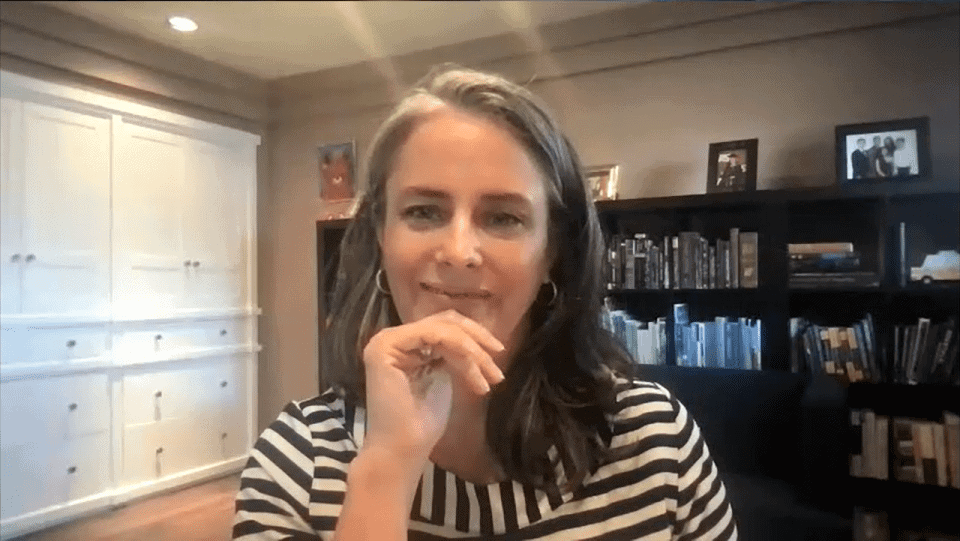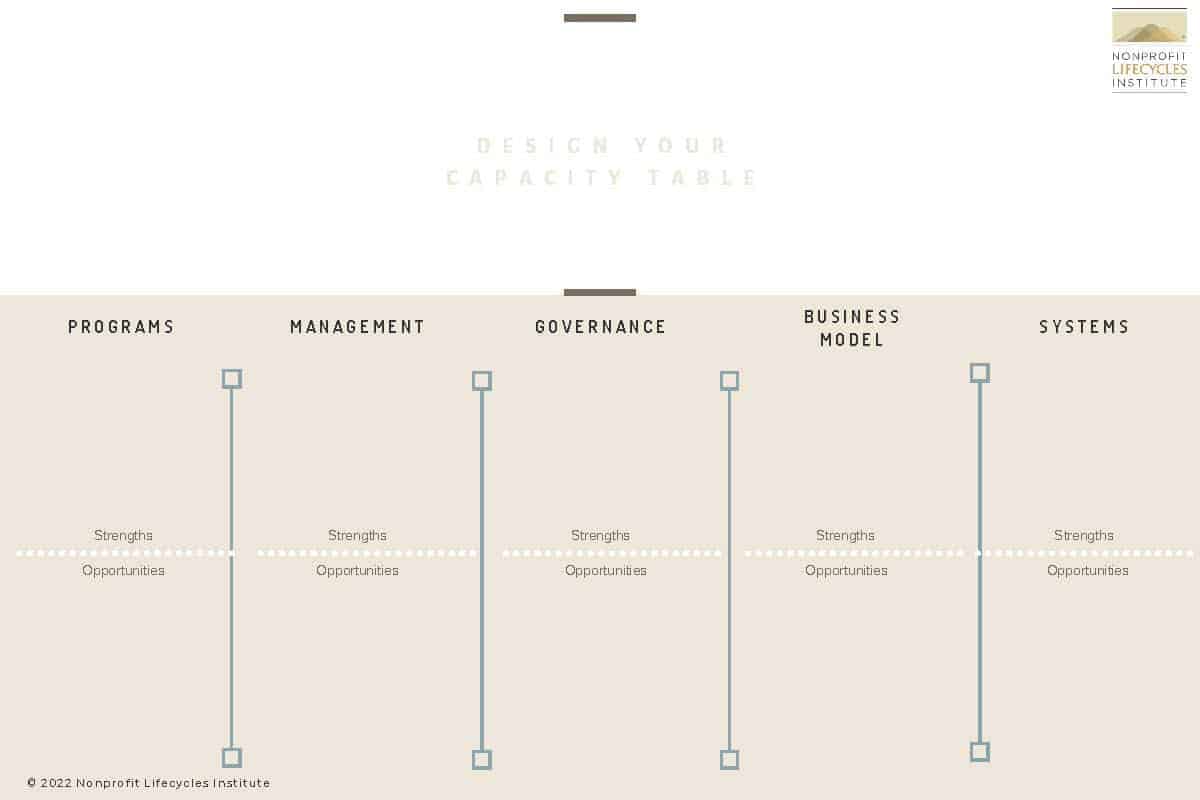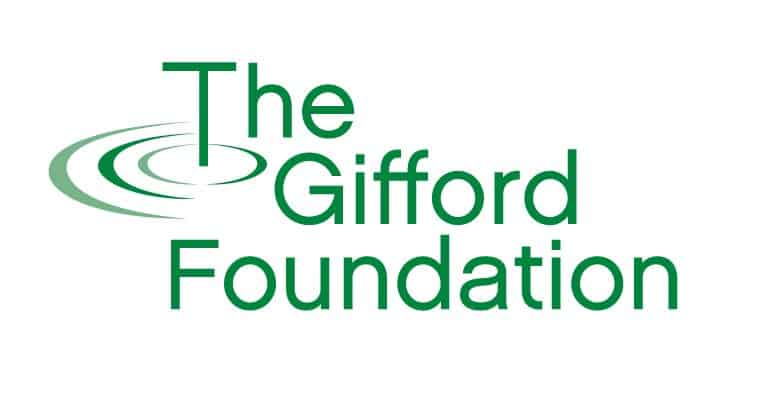
Stopping The Wobble: Building Organizational Stability
Jennifer Bonnett spent years as the Executive Director of an Arizona nonprofit before transitioning into fulltime consultant work in 2015. Based in Phoenix, her work with the Nonprofit Lifecycles Institute has helped organizations nationally to diagnose the “wobbly legs” within their operations with the goal of improving programming and boosting internal capacity.
Published February 8th, 2022
Imagine you have something important to discuss with a close friend. You have just met up at a local diner and the server has guided you to an open booth. As the conversation begins, you lean forward with your arms resting on the table. But the legs are uneven and the whole table rocks towards you when you put weight on it. When you react and lean back, it lurches again in the other direction – this time spilling syrup and coffee onto your friend. This is the metaphor that Jennifer Bonnett of the Nonprofit Lifecycles Institute uses to illustrate how unstable structures within an organization can derail their ability to fulfill their mission and ultimately to serve their community.
Bonnett spent years as the Executive Director of an Arizona nonprofit before transitioning into fulltime consultant work in 2015. Based in Phoenix, she has helped organizations nationally to diagnose the “wobbly legs” within their operations with the goal of improving programming and boosting internal capacity. Bonnett is passionate about the idea that nonprofits must assess, identify, and repair these structural instabilities before they can grow their operation successfully. Or, in social media terms, she is campaigning to #StopTheWobble.

If you are reading this and thinking about how it applies to your organization, Bonnett suggests you begin by identifying your own table legs. “If we were to draw our table, what would it look like? I think this is a really easy entry point that can foster great conversations.” To assist with this process, she provides a template (below) which invites an organization’s leadership team to map out their strengths as well as their opportunities for improvement across the following areas: programs, management, governance, business models, and systems.
“Every organization that does any sort of strategic planning has to begin with understanding where they are starting from,” she says. In her consultant work, she has seen firsthand the consequences of skipping this step: “When an organization is creating pie in the sky strategies that are totally untethered from where the organization is at. When you have staff who are working at their maximum level and then the board decides that they are going to expand into more regions or add programs without a plan around the additional capacity that will require.” Another consequence is that many nonprofits spend thousands of dollars and countless hours developing strategic plans that just sit on the shelf collecting dust. Bonnett warns that “these are signs that the leadership is making plans without properly considering the starting point.”

To perform a self-assessment successfully, Bonnett emphasizes that many different voices have to be represented at the table – not just the Executive Director, board members, and other top leadership. “The team could also include volunteers, participants, funders, and other stakeholders who are going to paint the full picture to make an accurate decision.” Bonnett suggests the following prompts as a way of getting the conversation started:
- What is the relevance of this program within the community? Is it vibrant? Is it meeting those needs? Or is it stale and just a husk of what used to be?
- What would it take to support this program fully?
- Is our business model adequately supporting our resource needs?
- Are there bottlenecks or other inefficiencies in our program systems that are holding back our program impact?
- What perspectives and skillsets are missing from our management and governance systems?
- Do all of our programs align with our mission and vision?
Subscribe to the Gifford Newsletter
Start enjoying our free quarterly publication today.


